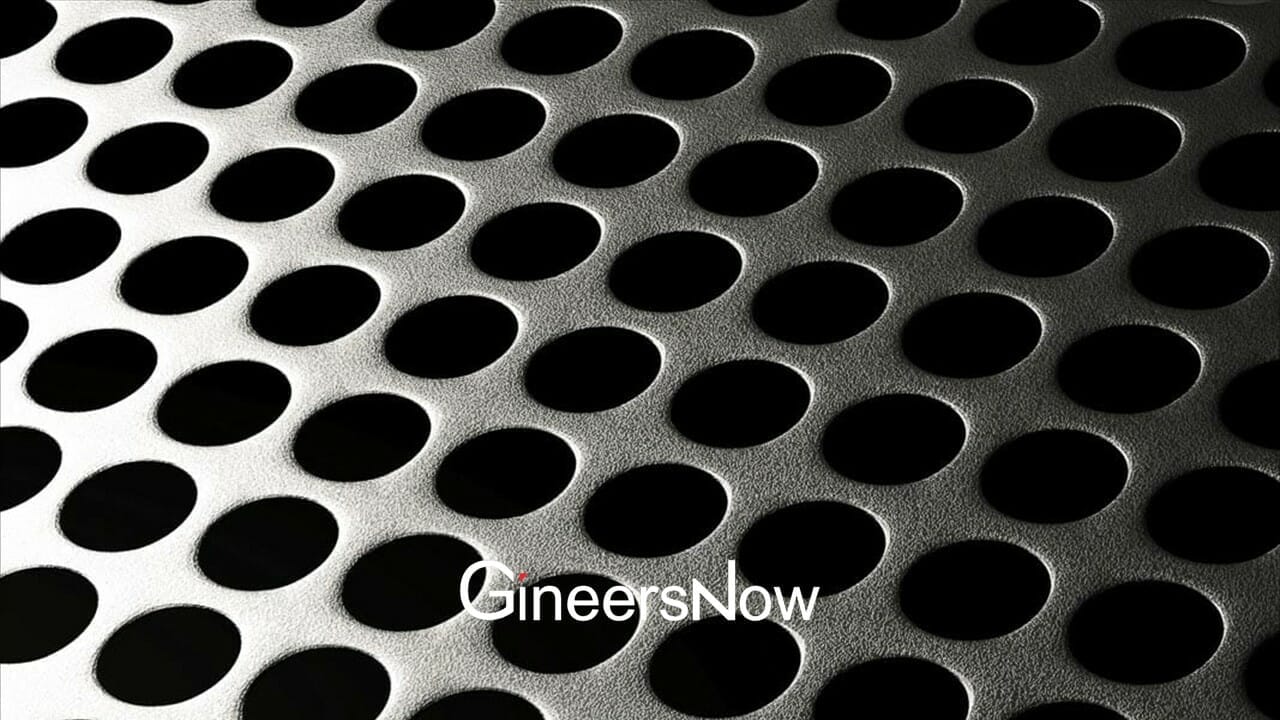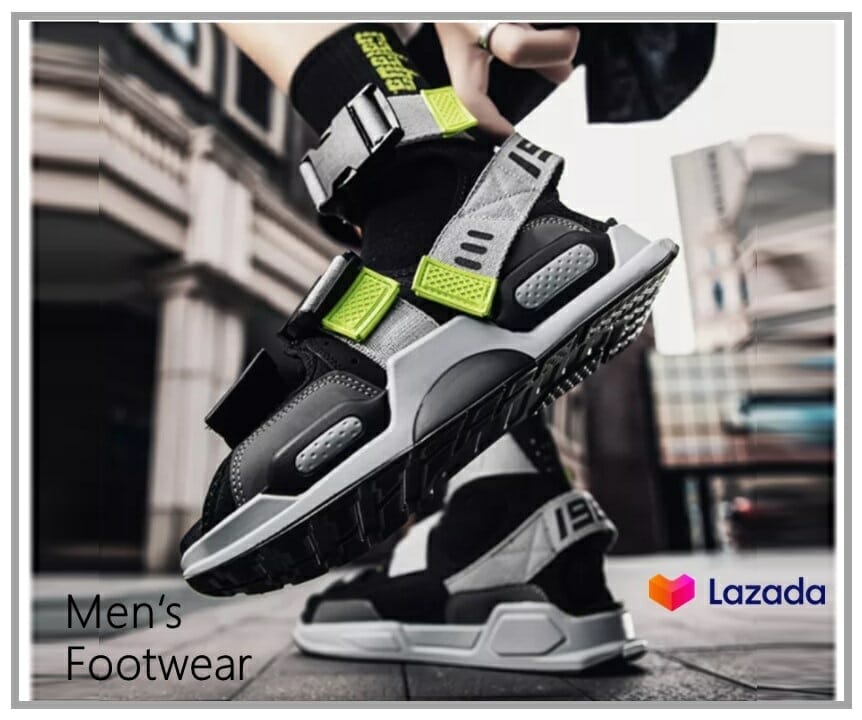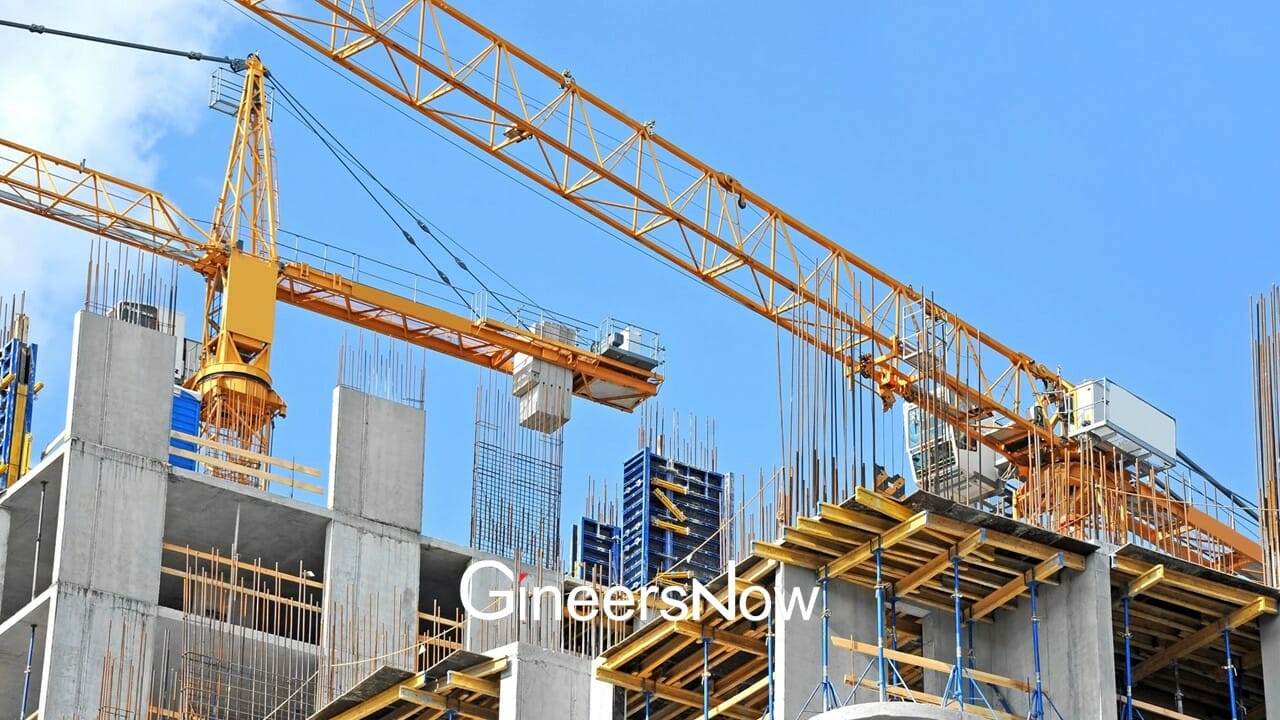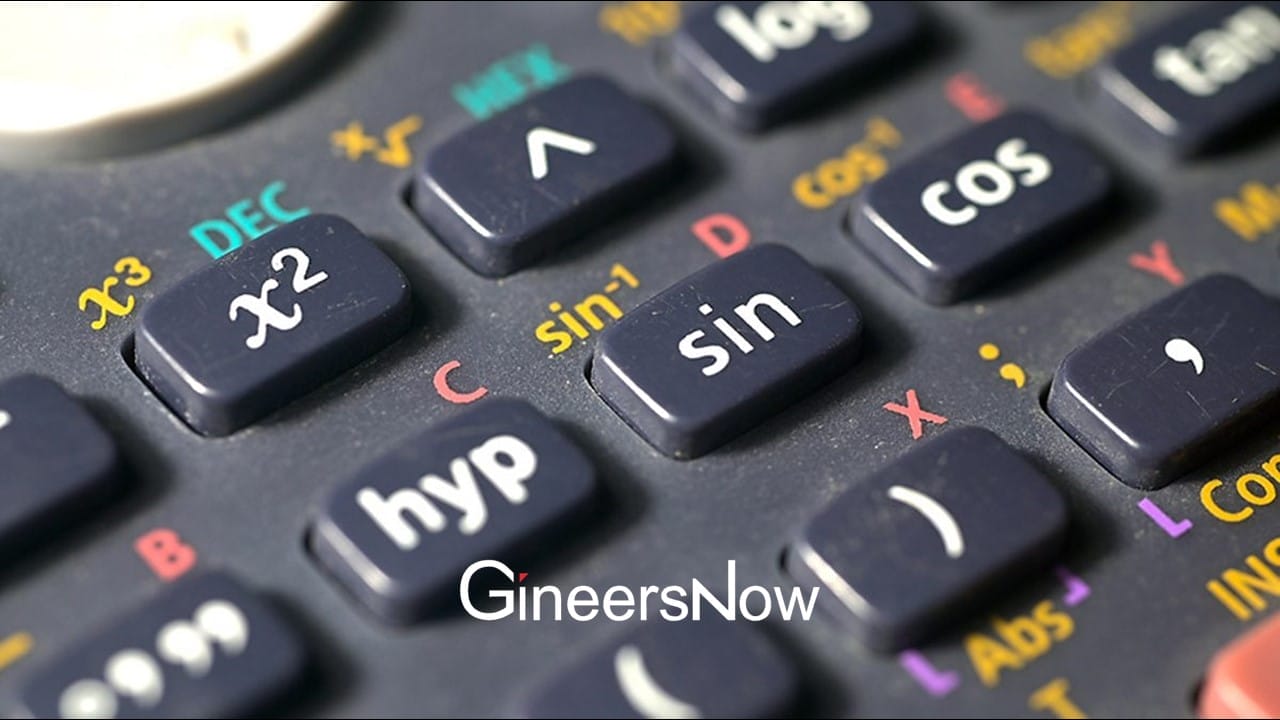Imagine a world where design and sustainability exist in perfect harmony. Where the creative spark meets environmental consciousness, and the result is both beautiful and eco-friendly. This vision is closer than you might think, thanks to materials like perforated metal.
Noted for its aesthetic appeal and important role in eco-friendly design, perforated metal is becoming a popular choice in the construction industry. This is evident through the various uses of perforated metal in construction, where it showcases its sustainable attributes, durability, and versatility. So, what makes this particular material a standout when it comes to sustainable design?
Let’s break it down together as we explore the role of perforated metal in eco-friendly design. Are you up for discovering the sustainable side of this adaptable material?
What Is Perforated Metal?
Perforated metal, as its name suggests, is a type of metal that has been punched or pressed to create a pattern of holes. But it’s not as simple as it sounds. Let’s get to know more about this material:
- Perforation Process: The metal is mechanically or manually perforated, creating a precise pattern of holes, slots, or decorative shapes. This intricate process allows for customized designs while maintaining structural integrity.
- Material Versatility: Perforated metal can be made from a wide range of materials, including steel, aluminum, and copper. This versatility caters to various design requirements and aesthetic preferences.
- Unique Characteristics: Perforated metal offers a unique blend of visual appeal and functionality. Its open area allows for light penetration and air circulation, while its sturdy composition provides durability.
Now that we have a better understanding of what perforated metal is and its distinct characteristics let’s explore its sustainable attributes and how it can be used in eco-friendly design.
The Eco-Friendly Attributes Of Perforated Metal
Perforated metal might seem like any other material, but when you scratch beneath its surface, its sustainable attributes come to light.
- Longevity: One of the hallmarks of sustainability is longevity, and perforated metal has it in spades. This material stands the test of time, reducing the need for frequent replacements and lowering its environmental impact.
- Recyclability: Most perforated metals are made from materials that are highly recyclable. This means that even after they’ve served their purpose, they can be repurposed, thereby minimizing waste.
- Energy Efficiency: Due to its perforation, this material helps regulate building temperatures by facilitating airflow. This natural ventilation can reduce reliance on artificial heating and cooling systems, conserving energy.
Having acquainted ourselves with perforated metal and its sustainable features, let’s examine its role in eco-friendly design.
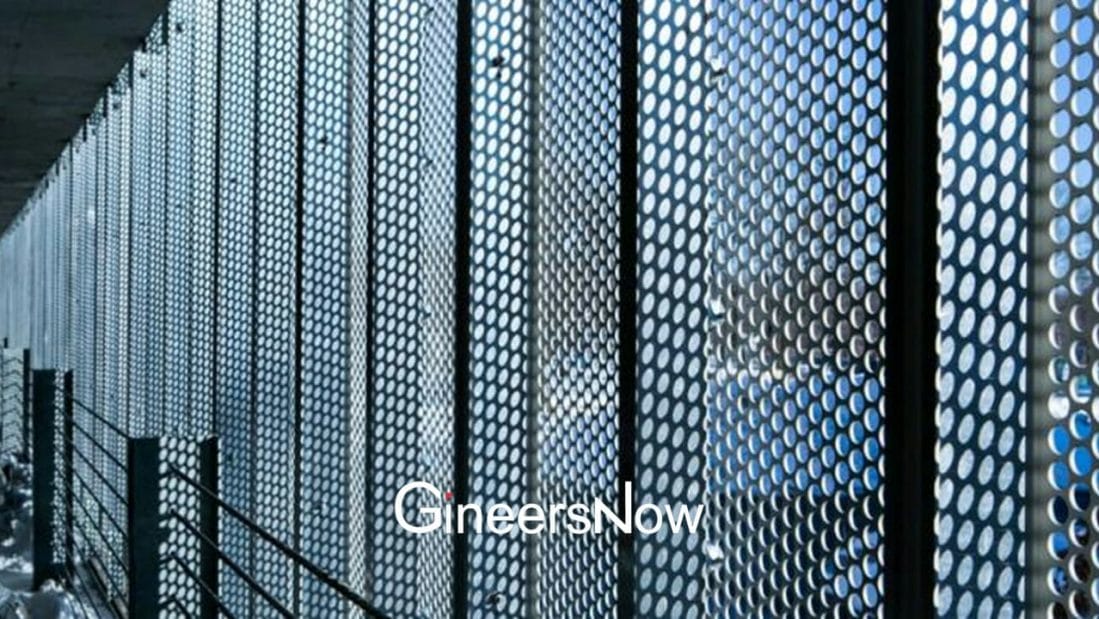
Role Of Perforated Metal In Sustainable Design
Perforated metal is a favored option in sustainable design due to its unique attributes. It offers a range of benefits that make it an attractive option for various applications:
- Facilitating Natural Light And Ventilation: The perforations in this metal serve a dual purpose. They allow for natural light penetration, reducing dependence on artificial lighting. Meanwhile, they also promote airflow, facilitating natural ventilation and reducing the need for energy-intensive air conditioning systems.
- Enhancing Acoustic Control: The perforations in the metal can also contribute to noise reduction. By absorbing and diffusing sound waves, they help create quieter, more comfortable spaces.
- Offering Aesthetic Versatility: Perforated metal’s design flexibility adds to its sustainability. Architects and designers can customize the metal to their specific needs, reducing waste and making the most of the material.
By promoting energy efficiency, waste reduction, and acoustic control, perforated metal plays a notable role in sustainable design. But what does the future hold for this material?
Future Perspectives
As sustainability continues to move to the forefront of design, the demand for materials like perforated metal is expected to rise. But with this demand comes the need for further innovations, which include the following:
- Enhanced Manufacturing: Future advancements may focus on improving the production process to minimize waste and energy use. With refined techniques, we could produce perforated metal in a more eco-friendly manner.
- Smart Designs: Innovators are exploring ways to take perforated metal’s functional attributes to the next level. This could mean designs that better control light, heat, and sound, improving the material’s sustainability profile.
The future of perforated metal in eco-friendly design is not just promising—it’s exciting. As we strive to make our designs more sustainable, this versatile material stands ready to rise to the challenge. Are you ready to see what innovations lie ahead?
Final Thoughts
In conclusion, perforated metal plays a significant role in sustainable design due to its unique properties, including durability, versatility, energy efficiency, and recyclability. These attributes align perfectly with the principles of sustainability and make perforated metal a key player in eco-friendly design.
As the focus on innovation and responsible design continues to grow, materials like perforated metal will undoubtedly have their place in our efforts toward a more sustainable future. With its unique blend of aesthetics and functionality, perforated metal contributes significantly to our strides in sustainable design.


